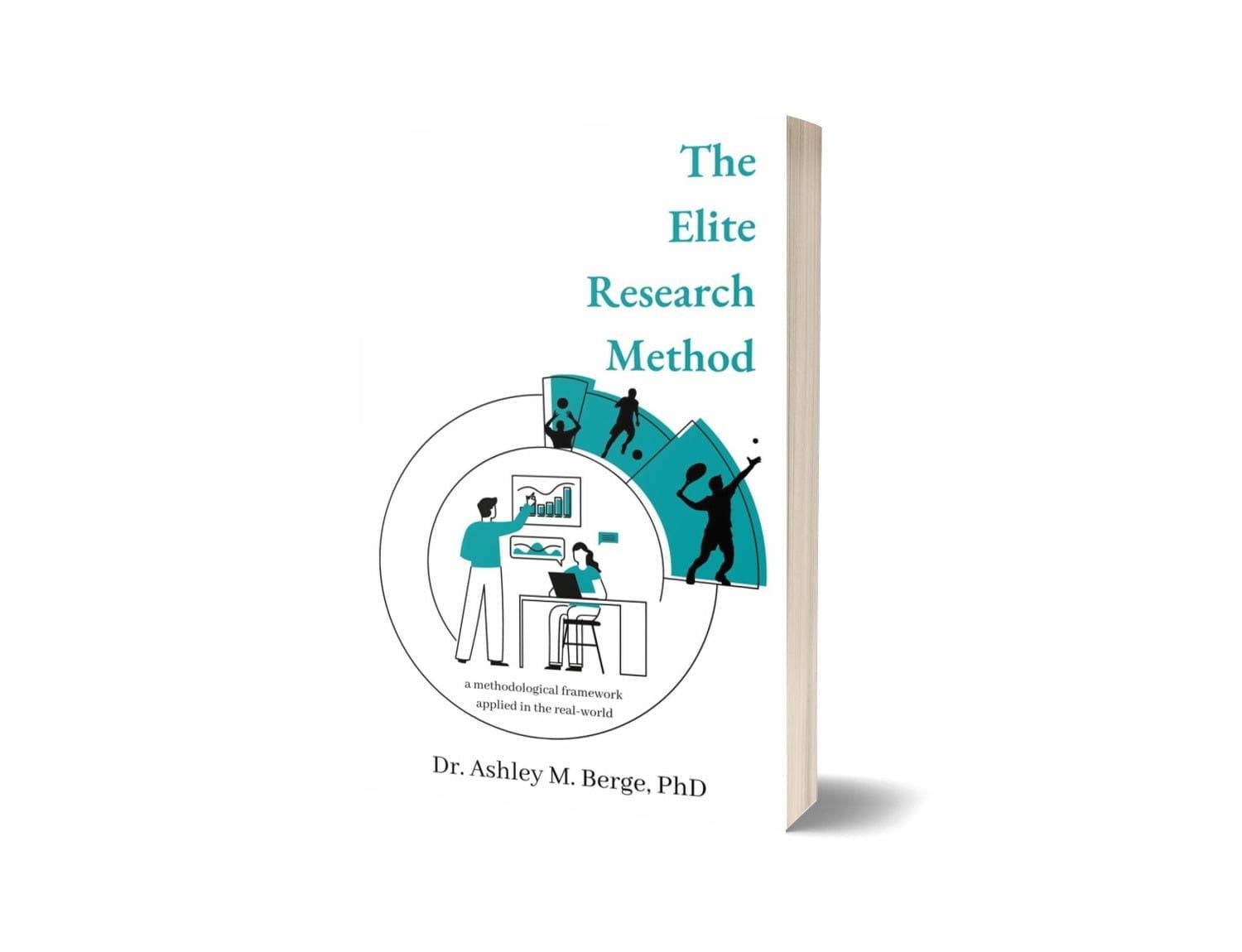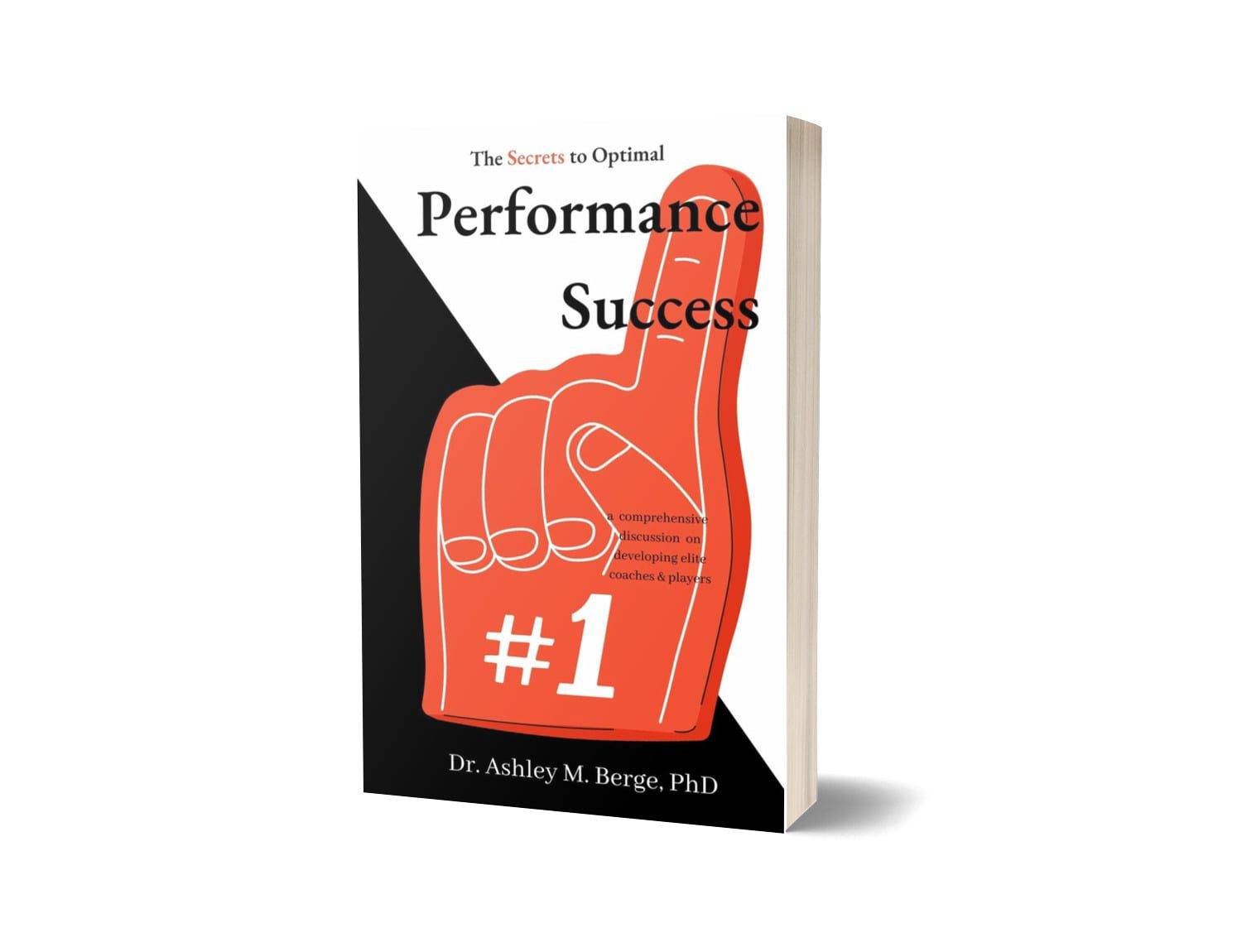
The amount of perspiration any individual produces is typically a very good indicator of fluid loss and the need to replenish the body. More often than not this is common knowledge, in particular in adult populations, although it isn’t always the case in developing players/athletes through to younger adults. The irony here is that this is when/where an individual is ‘conditioned’ to replace this fluid loss — the period of time where a player/athlete learns how to keep on top of their performance through recovery.
The mistake that is often made and is carried with a player/athlete throughout their developmental years through to their transition into becoming young adults and embarking on the WTA and/or ATP tour is using this rate of perspiration as their sole indicator of fluid loss/replenishment. As shared in previous blogs to episodes, a ‘one-size-fits-all’ approach is quite dangerous especially when it comes to the human body and perspiration. The problem occurs in these younger years when a child’s perspiration rate is not the best indicator for fluid consumption. Due to the fact that younger players/athletes are in fact developing, this very terminology highlights that these players/athletes are changing — going through a period of ‘transformation’ whether prior to, during and/or after adolescence and their fluid requirements will tend to differ.
Whilst fluid replenishment is relatively clear when we consider perspiration, there are gaps and this is where the problems to danger arises. If used as a singular indicator, a player/athlete may not be replacing enough fluid and their performance and thus recovery will suffer. By the same account, a player/athlete who does not perspire as much as their peers and in turn does not consume similar amounts of fluid may lead to minor levels of dehydration. Why? Quite simply due to the fact that perspiration as an indicator does not replace energy expenditure and how an individual’s body reacts/responds to a given environment.
This mistake is often made in the cooler months whereby players/athletes do not perspire as much due to the colder climate. A hidden issue here is that if the same work-ratio is apparent, the body is in fact in need of near equal fluid replacement that will not be apparent externally. This is a big reason why perspiration alone is not an ideal indicator.
The key here is in the alone. There are many variables when it comes to performance and recovery and what works best for a given player/athlete. By all means, many players/athletes will have similar needs when it comes to perspiration but there are always exceptions to the rule. If these ‘exceptions’ are ignored they can pose real danger to those who need to learn what works best for them — their performance and recovery.
By conditioning a player/athlete to use their perspiration as one of many indicators allows them to learn more about their body and increase a general awareness around this topic. This not only is the beginning of the journey to ‘educating’ developmental players/athletes about the body’s needs to demands, it is progressively conditioning these players/athletes for The Long Game and how they look after their bodies to reach that next peak performance.
To learn more about our data, predictive analytics and how to optimise your own performance, head on over to AM8 International. To learn more about AM8 International check out our selection of Books and/or options to join Dr B’s Pack to gain exclusive access to the best in the world. Not quite ready? Head on over to Beyond Top 10 Tennis for free access to 100+ episodes directly from Dr Berge of what it really takes to win multiple Grand Slams to securing that Top 10 tennis ranking with new episodes each week. More? Catch up on our Tips over on TikTok, Twitter, Threads or Instagram for quick snippets to apply in your game, today.
















